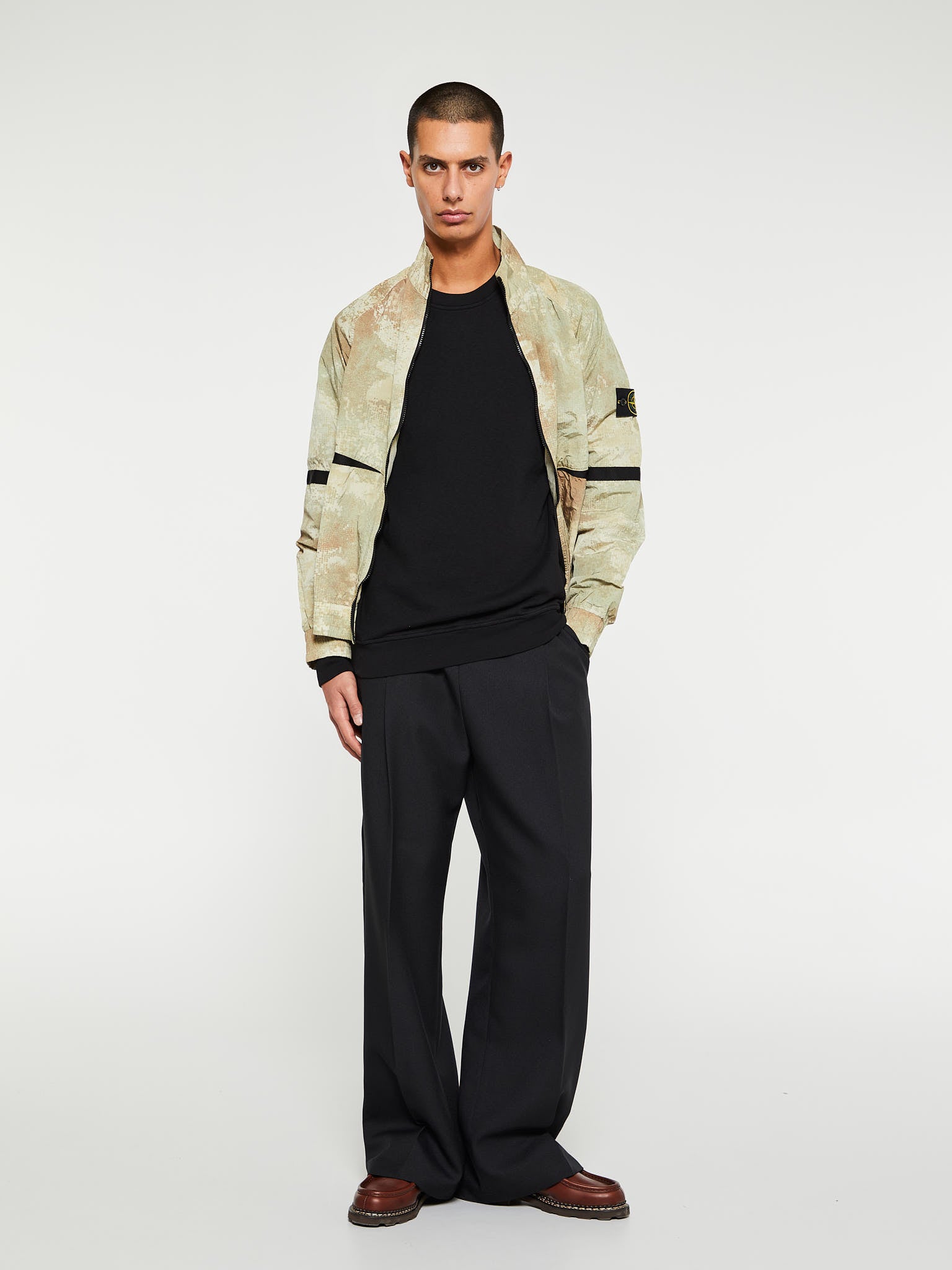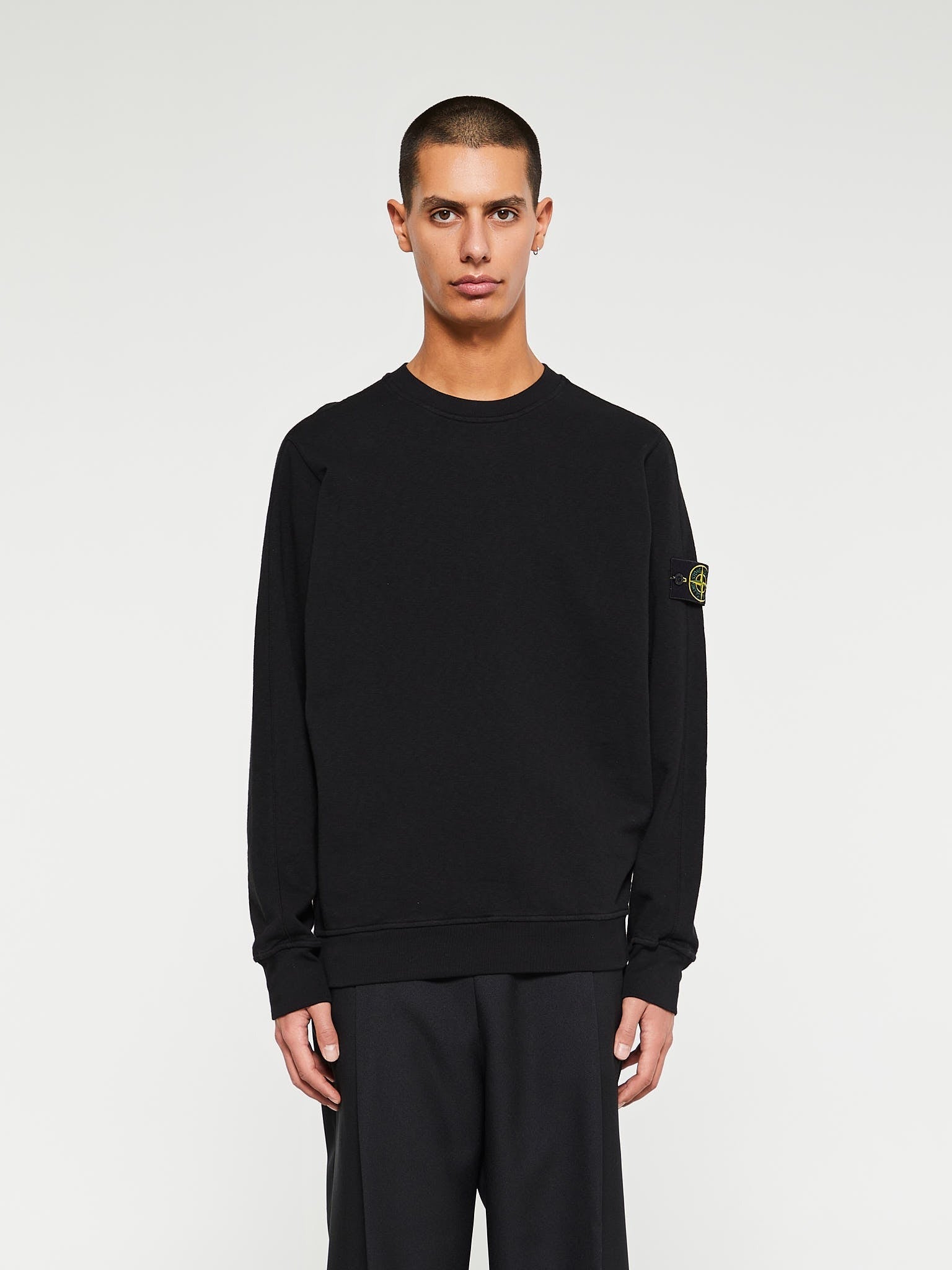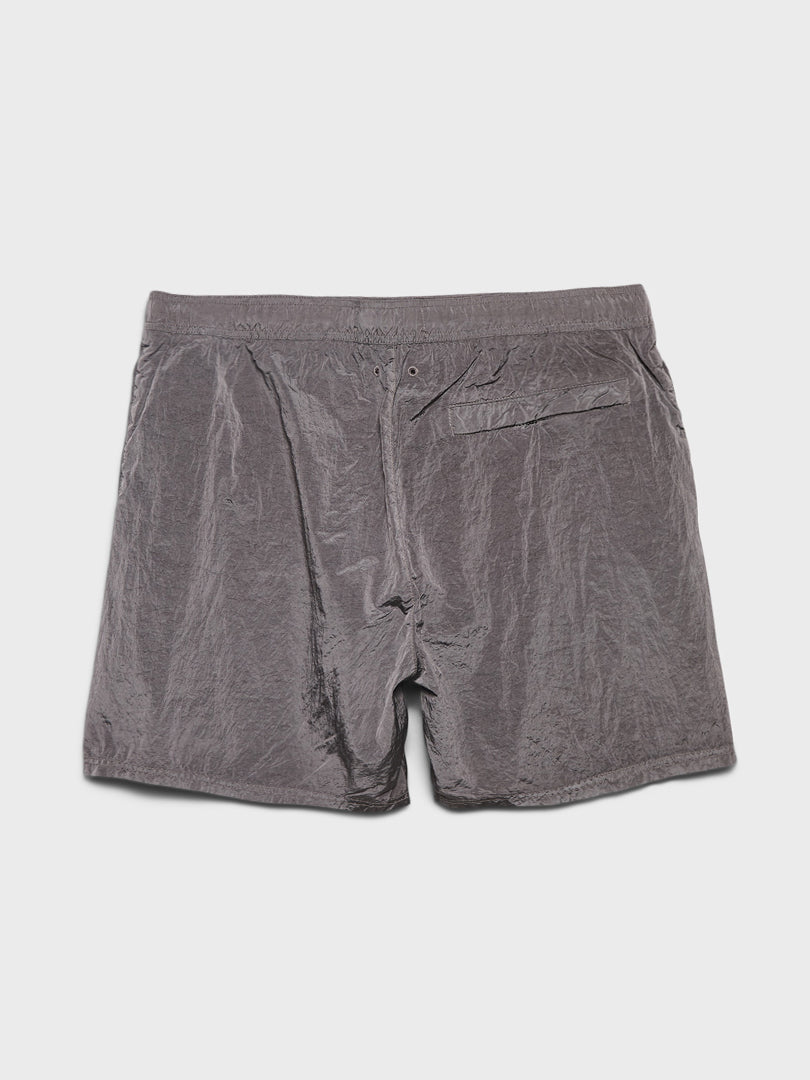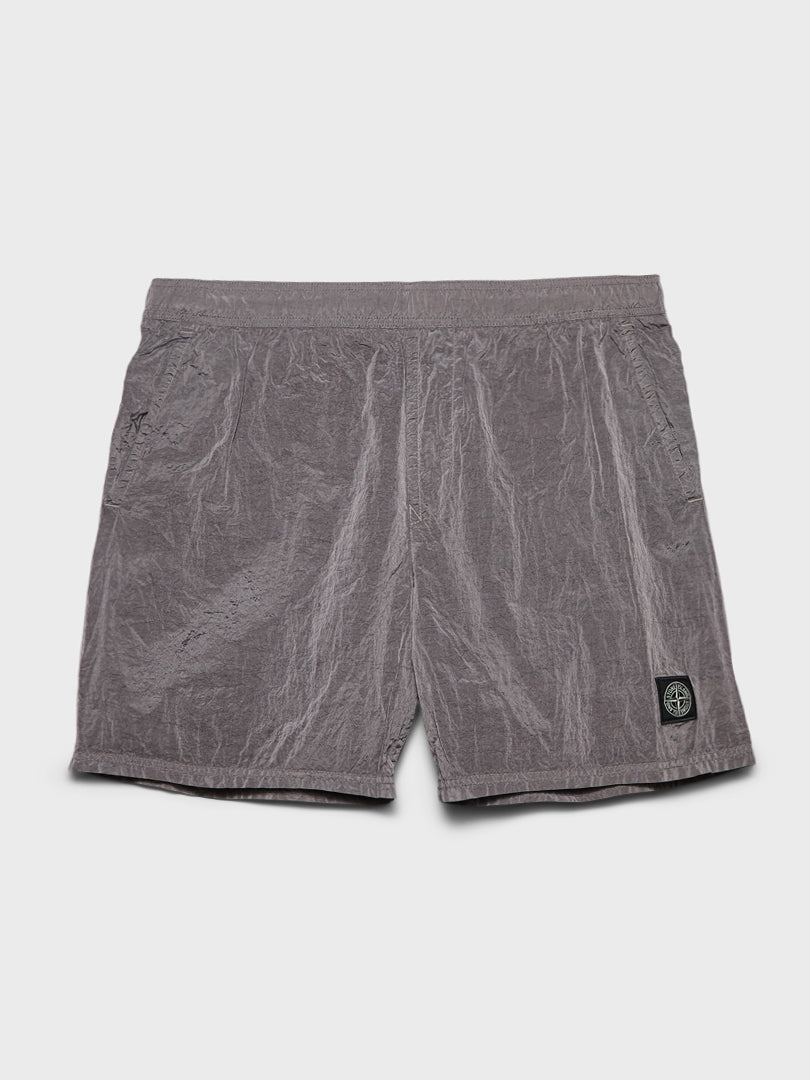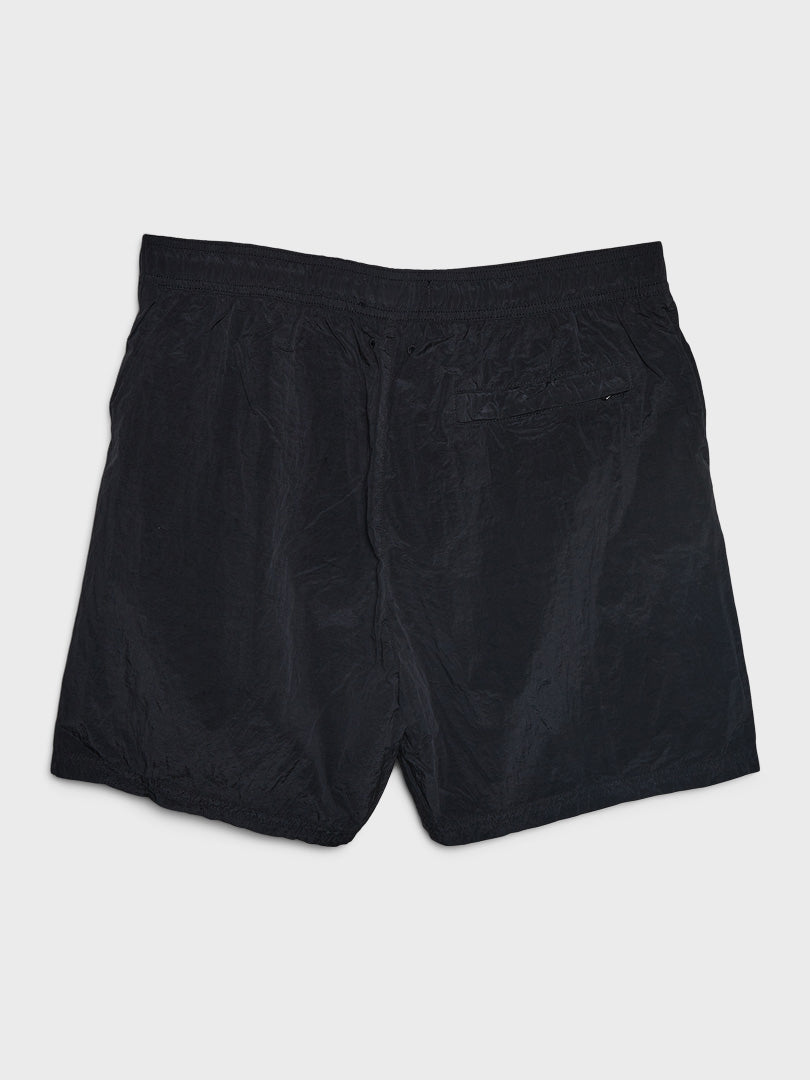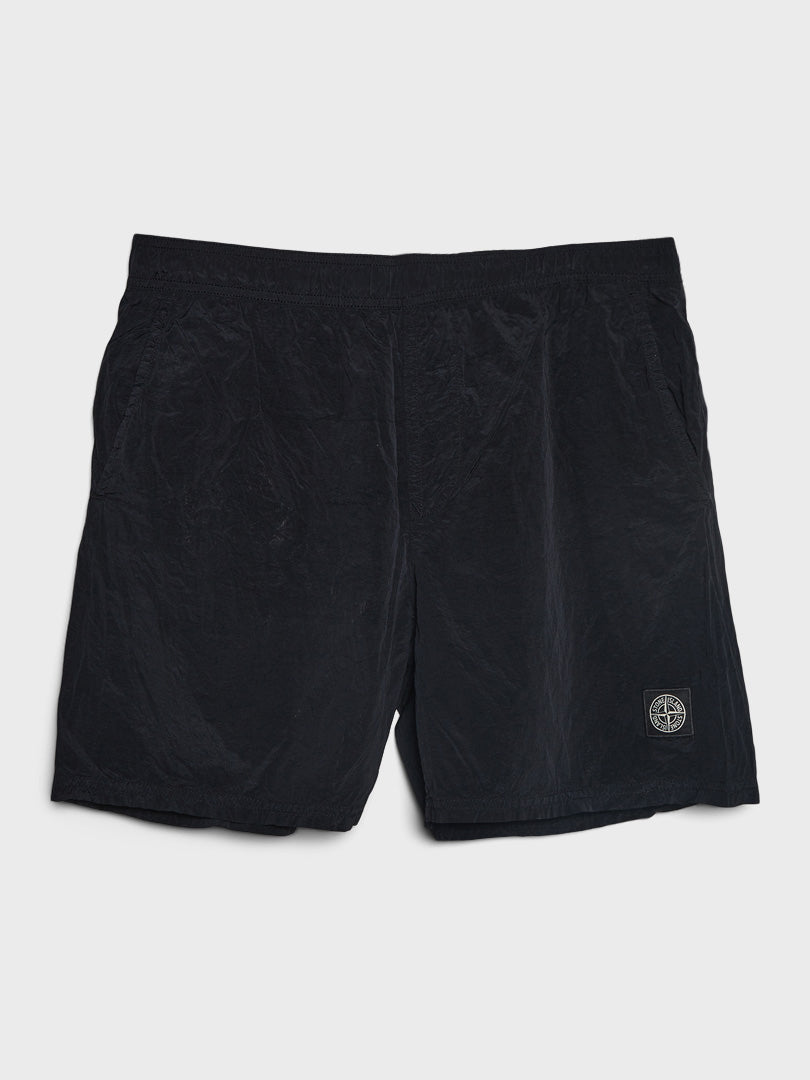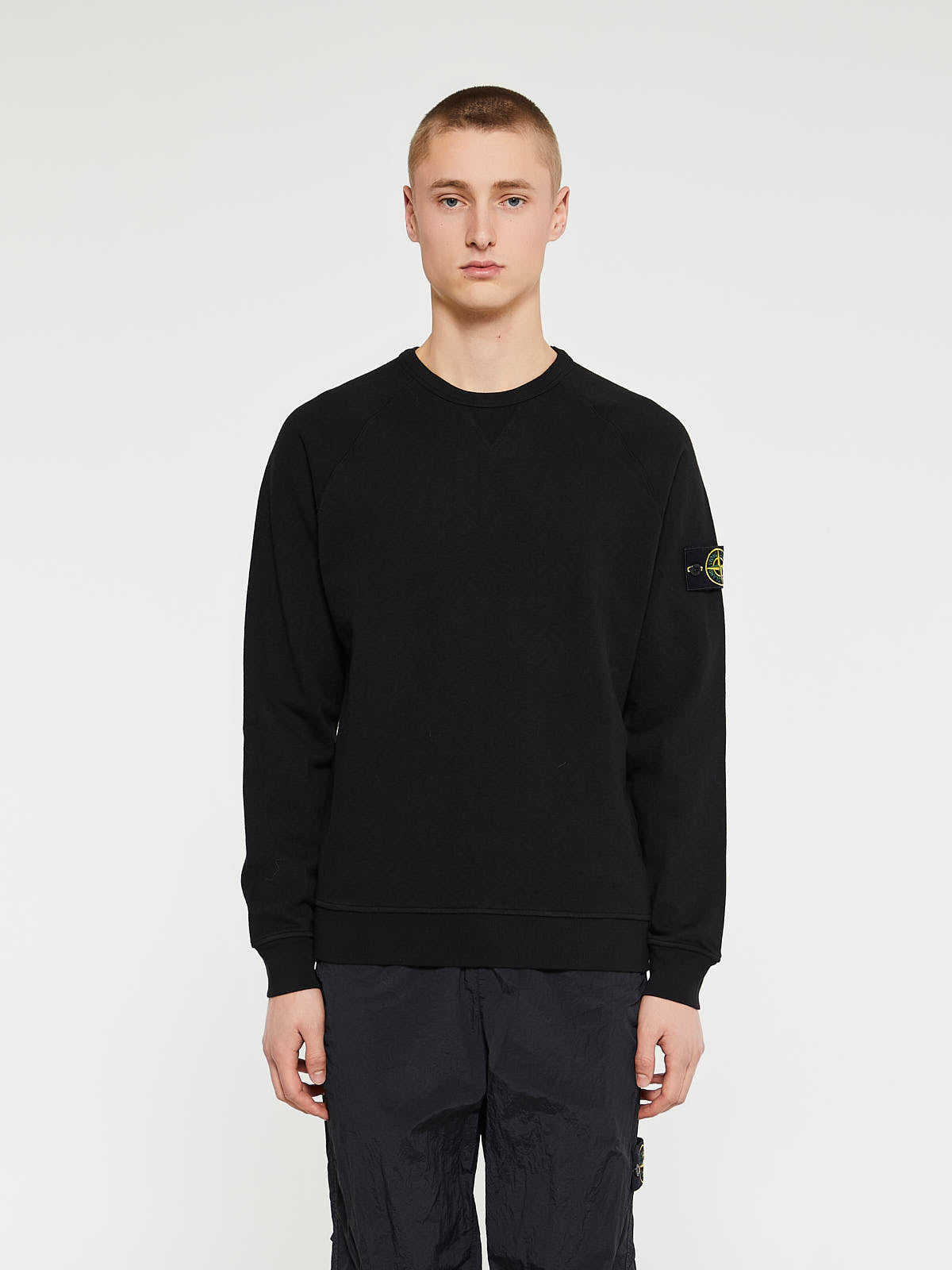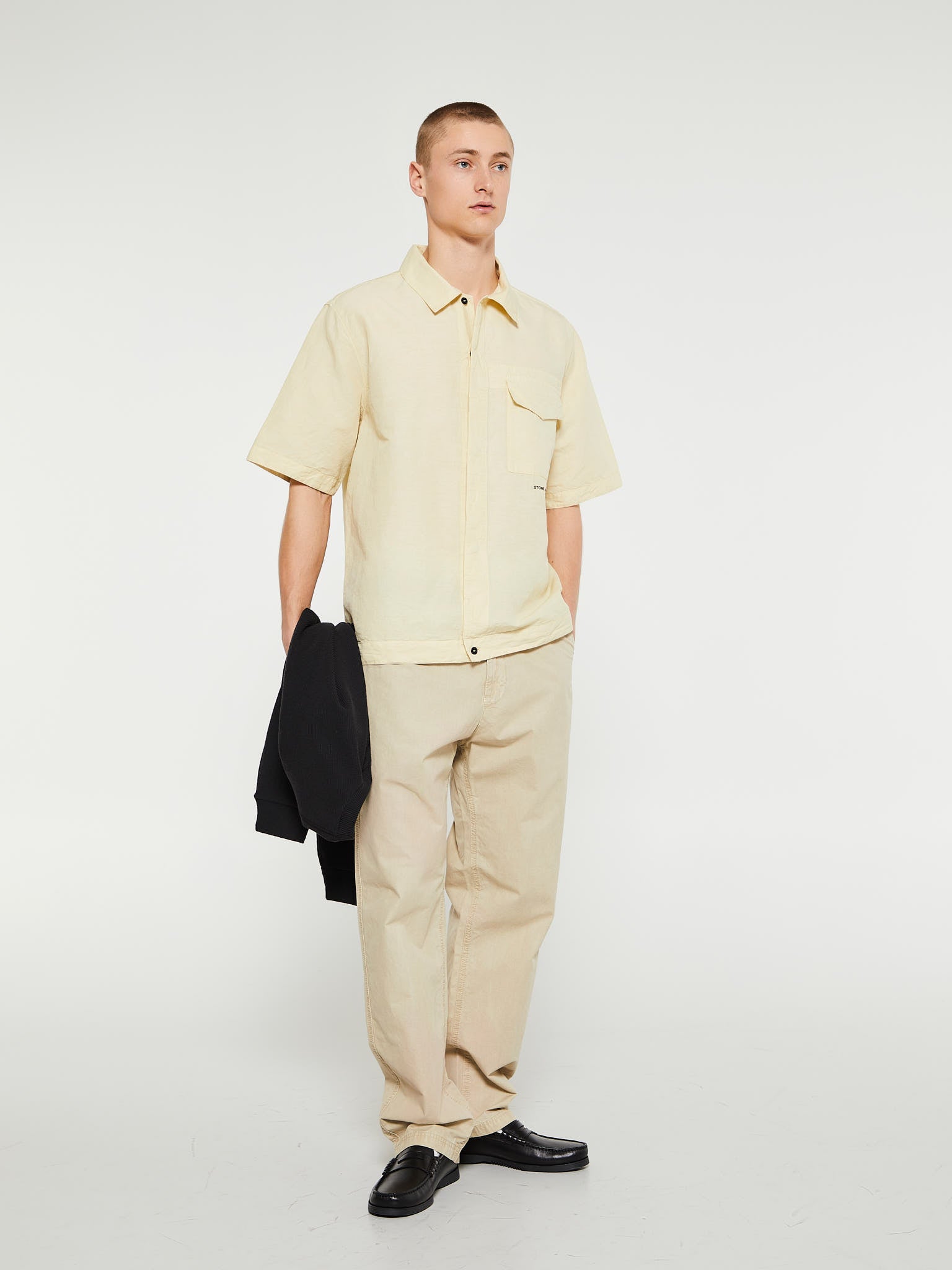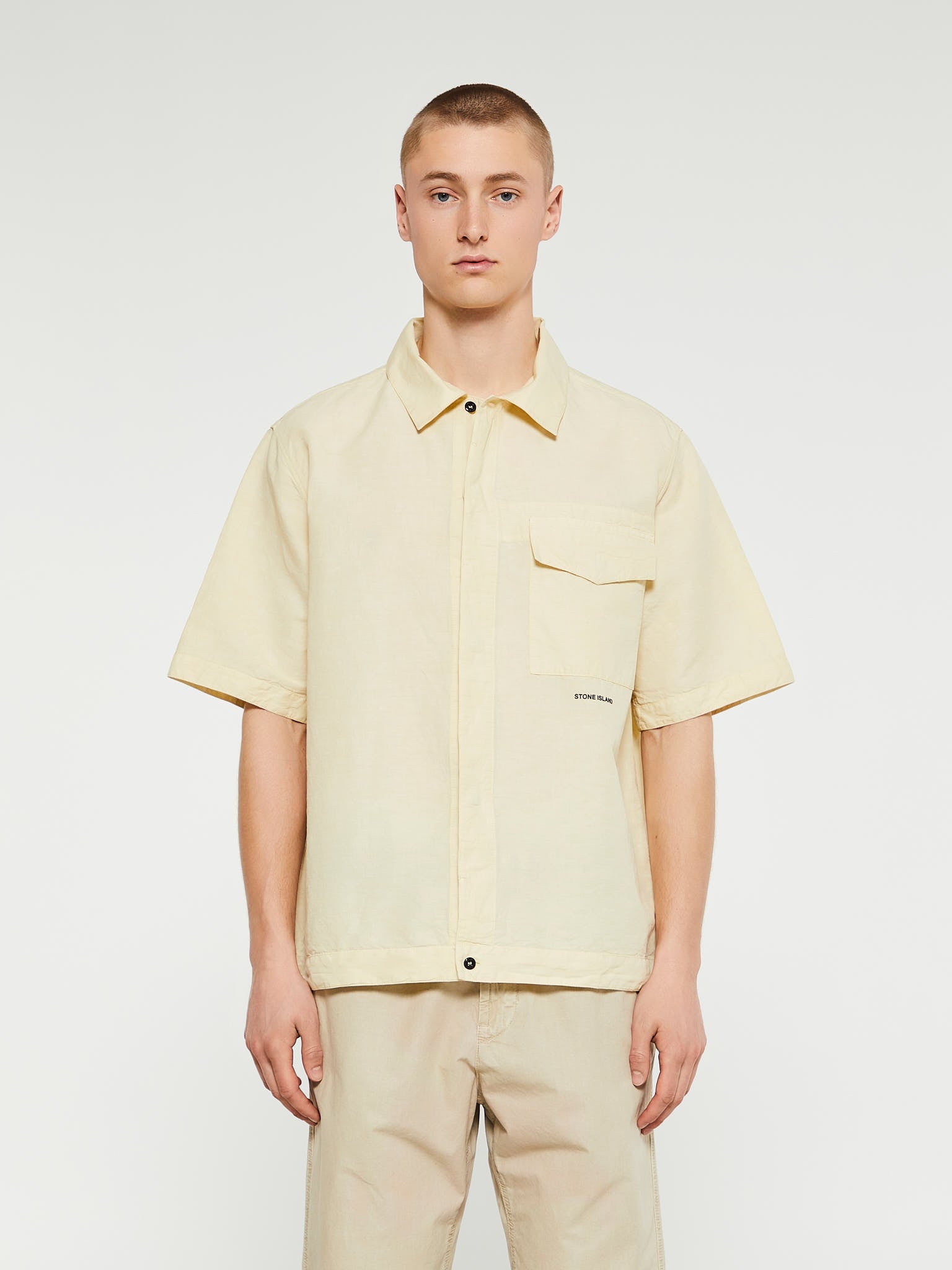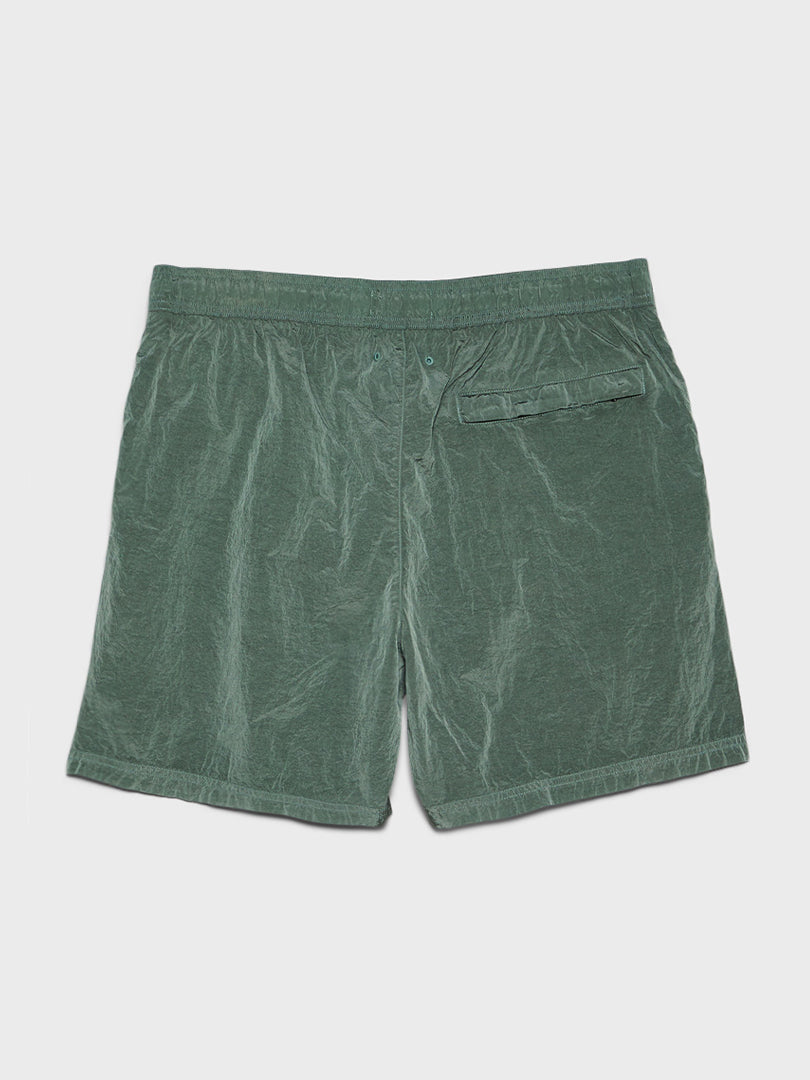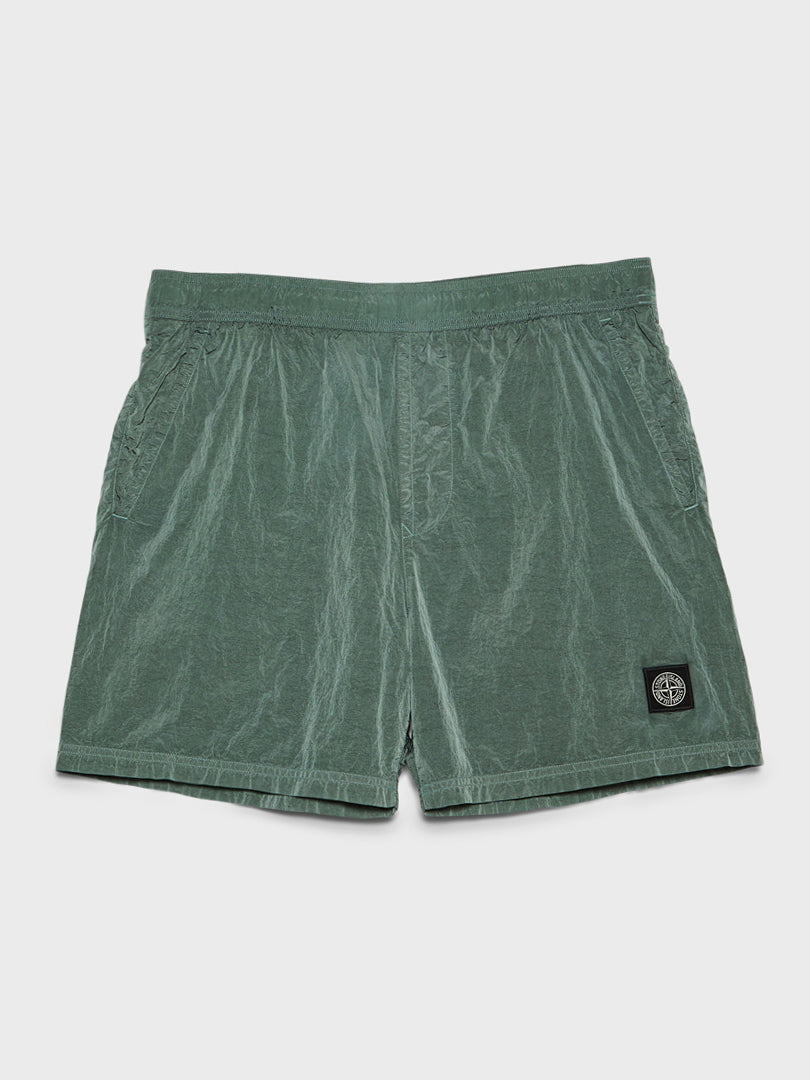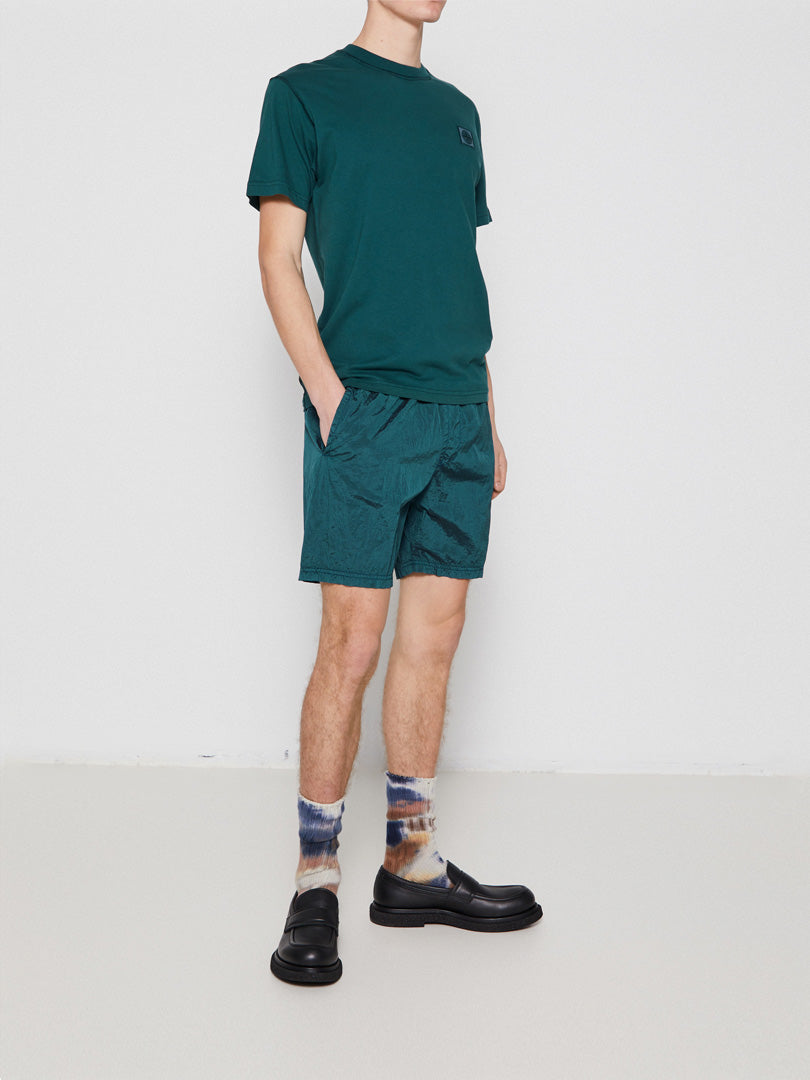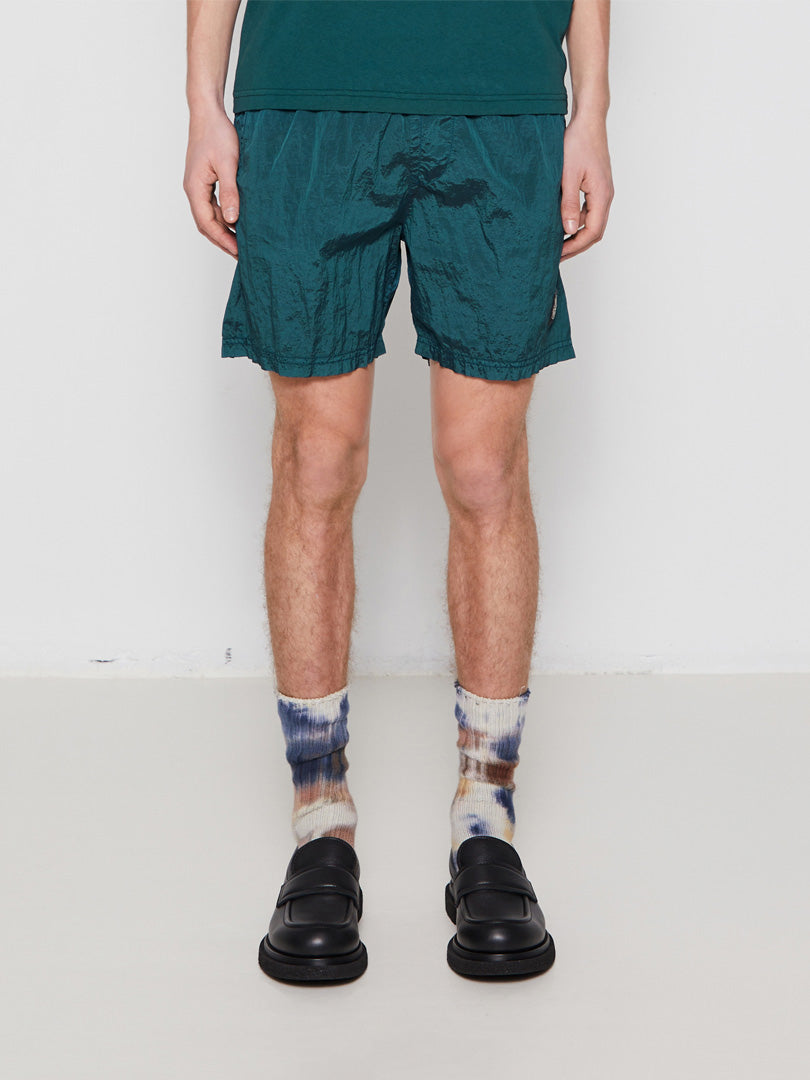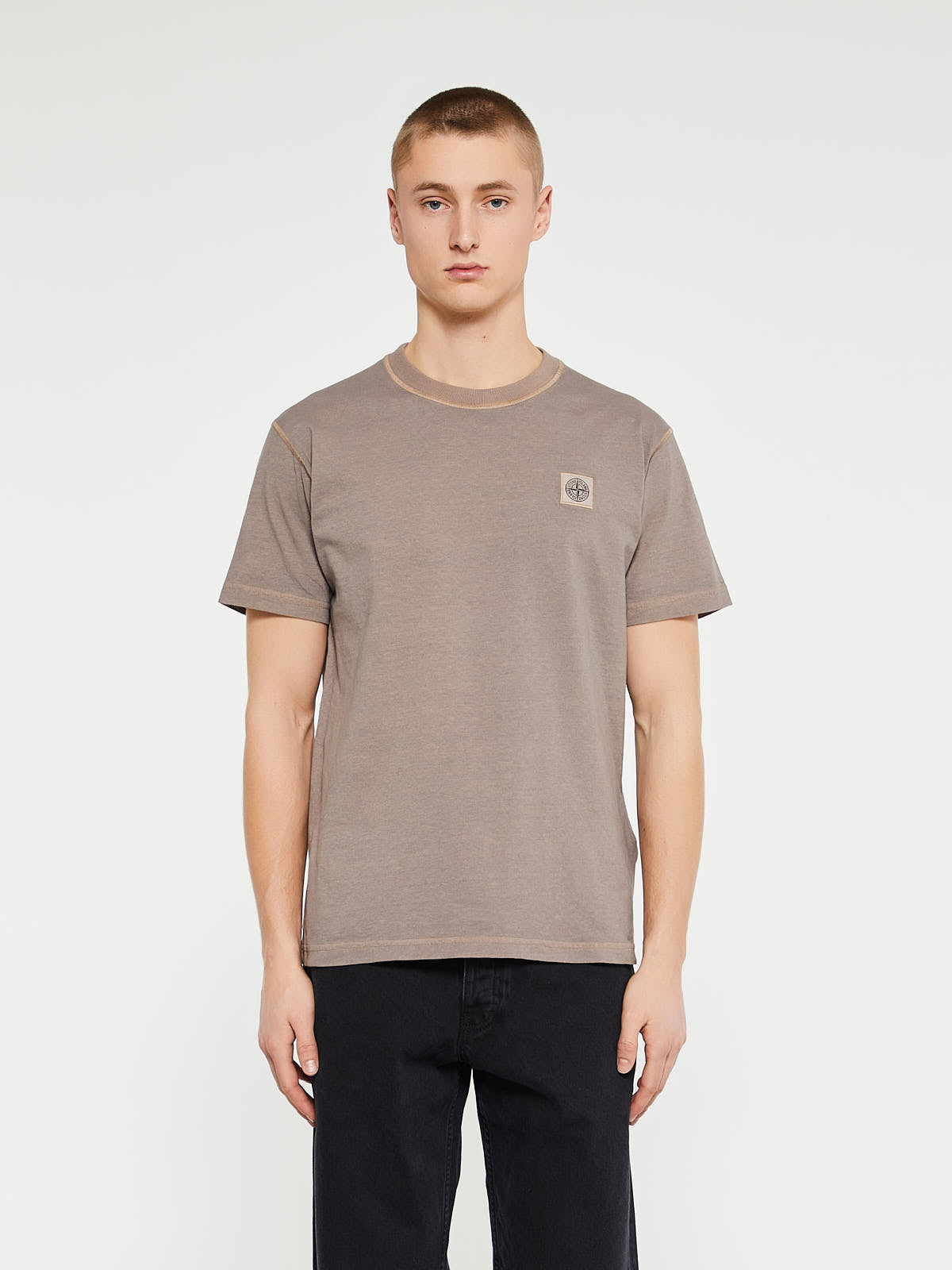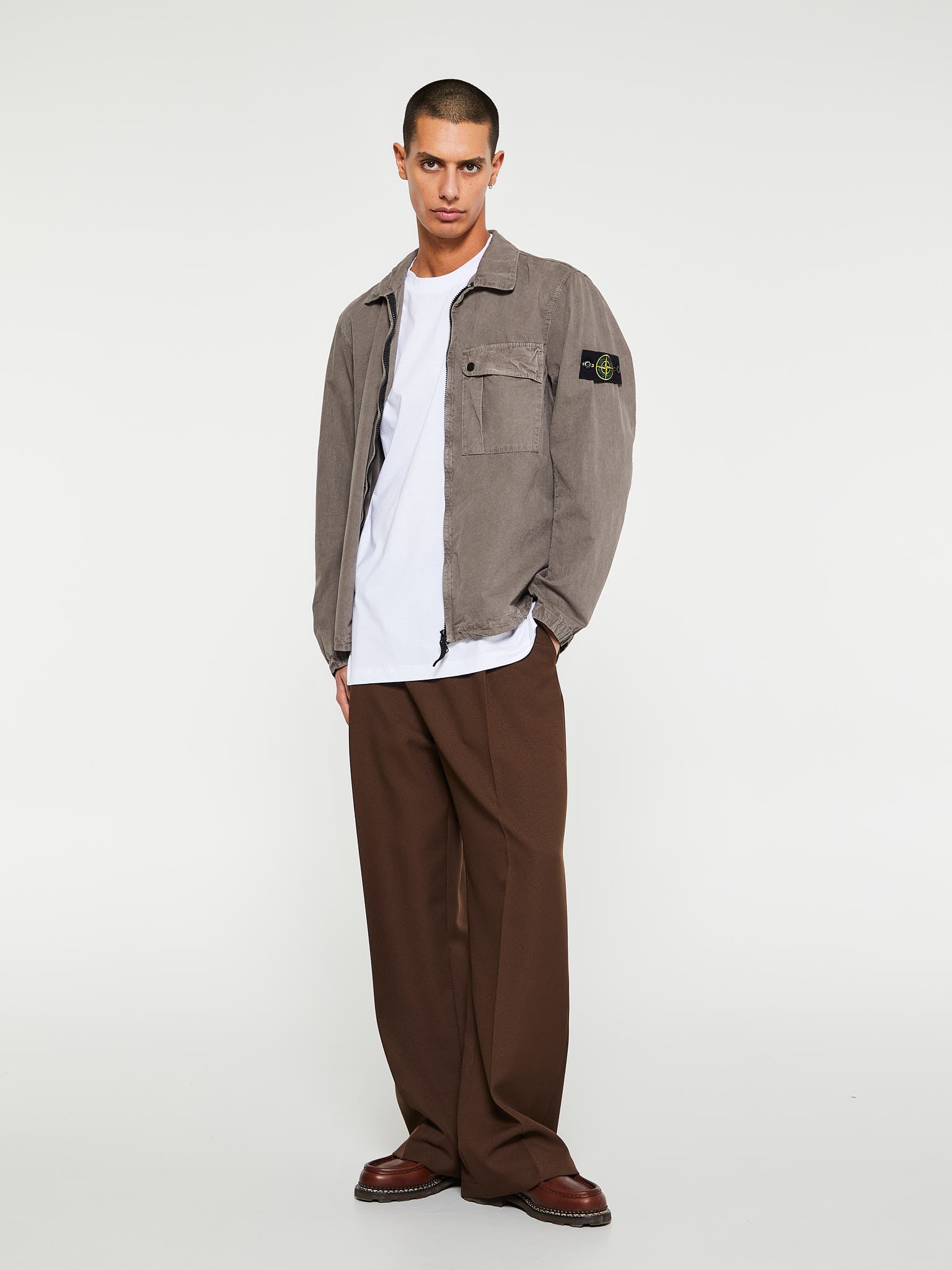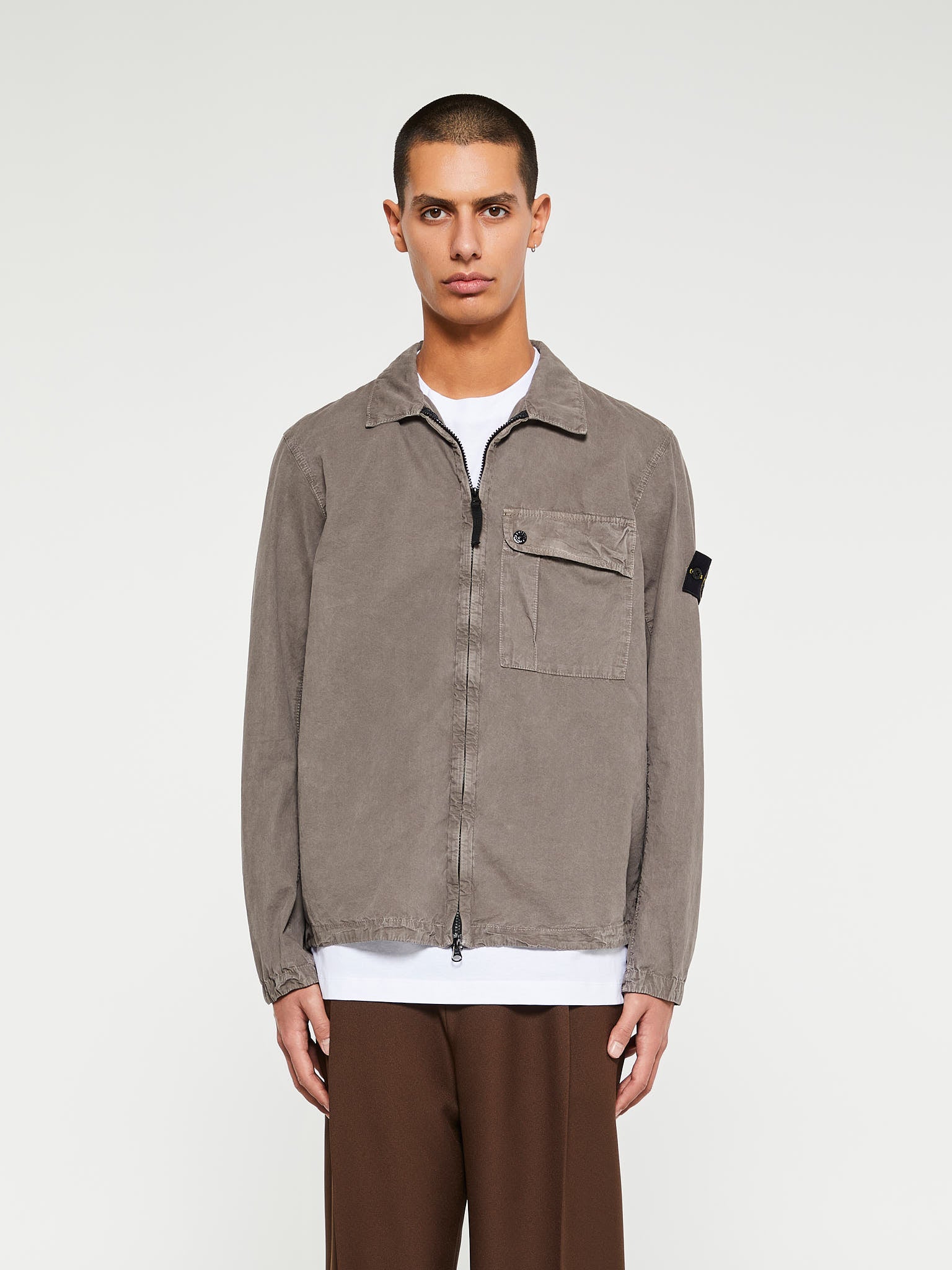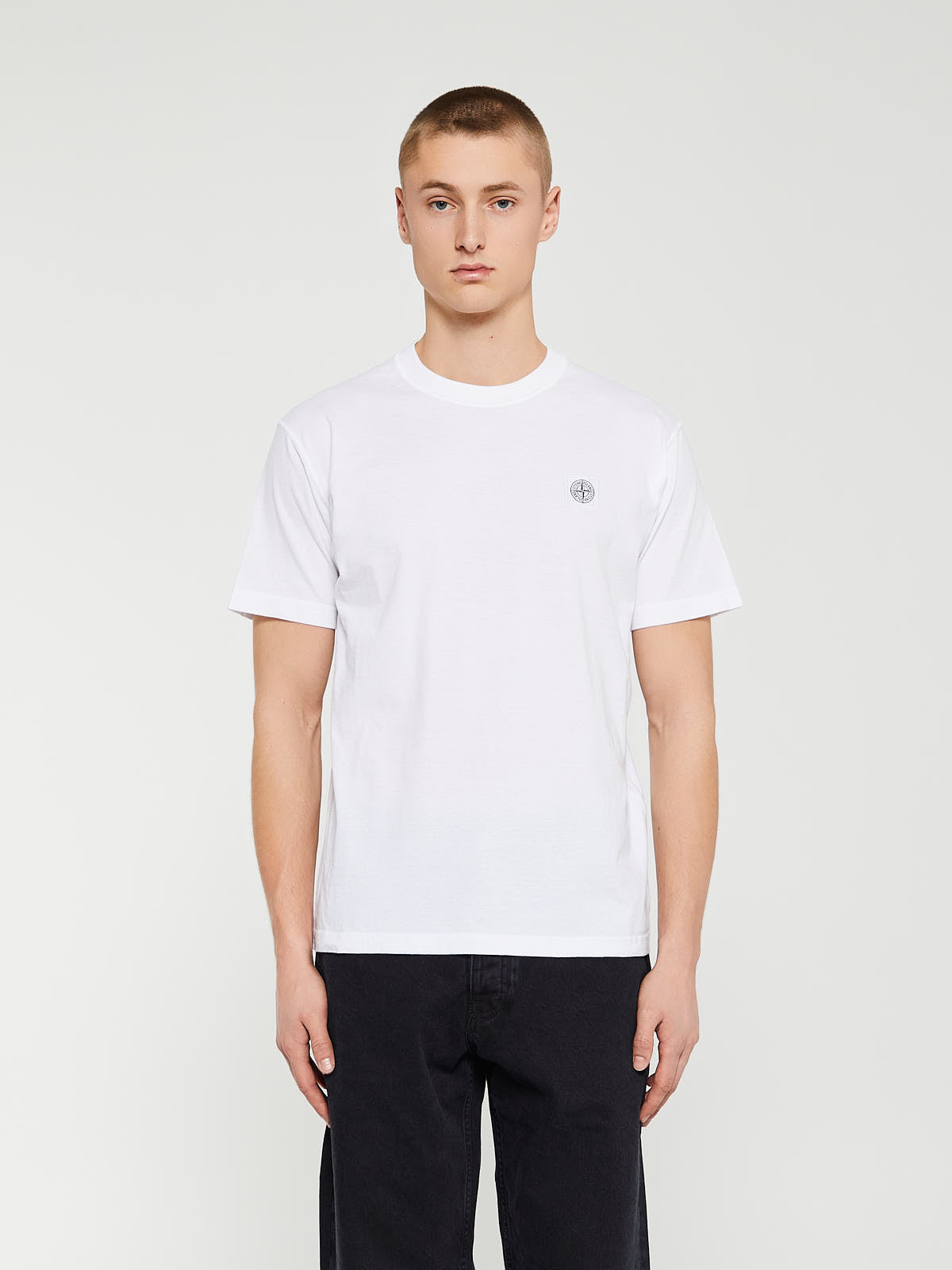Filter and sort 52 products
Stone Island is one of those brands that carry weight. Its' rich and innovative heritage has been championed and interpreted by diverse sub-cultures, zeitgeists and personalities, since it was founded in 1982 by Massimo Osti. By then, the Italian designer had already launched two fashion ventures, C.P Company and Boneville, which he ran concurrently with Stone Island. The designs he created under the label throughout the 80's and 90's are widely considered to be some of the most influential, both in terms of groundbreaking garment technology and innovative aesthetics. Vibrant colour changing heat-reactive fabrics, all-over reflective jackets and reversible designs are just a few of the ideas he brought to the table. His extensive archive and catalog has become key reference points in several major fashion houses, and streetwear brands. The unmistakeable, removable Stone Island square remains one of the most recognisable and valuable staples in fashion. The history, and exponentially growing cultural relevance, of Stone Island is an unusual and fascinating story. In the mid 80's, British football fanatics, more widely known as hooligans, started appropriating unusual fashion brands. Especially designer sportswear from Italy and France like Lacoste, Sergio Tacchini and Fila, along with native brands like Burberry and Aquascutum, were all claimed by movement. One brand in particular, however, became deeply and unequivalently integrated in the aesthetic and wardrobe of the so-called British terrace culture. You guessed it: Stone Island. The label was hijacked as the go-to uniform for British football interested youth. The style colonisation happened as a result of travelling, primarily to Italy, to watch football matches, seeing how the Italian "Paninaro", as they were called, dressed, and taking it back home. These Paninaro, were named after panino, meaning sandwich in Italian, because they were always hanging around the sandwich cafés in bigger cities. The style was very street, and pretty contemporary to be honest. They would mix Stone Island, C.P Company and Moncler with stone washed jeans a white t-shirt and Chuck Taylor's, essentially an Italian iteration of Americana. Although still closely tied to the football scene across Europe, Stone Island would soon move from European sub-culture to global pop-culture.
The first move towards more popular culture started in the mid 90's. Liam Gallagher and the rest of Oasis started sporting Stone Island goods, inspired by their sketchy football fan friends from Manchester. This is arguably what first propelled Stone Island from casual fashion and terrace culture into the general British public. From then on Stone Island was no longer "just" a hooligan brand, you were just as likely to see rock music enthusiasts as well as more upper class Londoners wearing the buttoned Stone Island badge proudly. From here, it slowly seeped into most sub-cultures, including grime music. Grime is an underground British hip-hop genre related to grimey realities of life in Londons many, less fortunate, boroughs. From this point on, it was only a matter of time before American street culture became aware of Stone Island. When Supreme did their first Stone Island collaboration in 2014 it was cemented into global streetwear with at snap of a finger. Travis Scott, Drake and Vince Staples, among many others, became some of the early american adopters. At this point Stone Island in such a versatile brand, cemented into so many interesting, different and radical style movements and sub-cultures, from crazed beer-chucking football fans to Canadian superstars. These cultural connotations, alongside Massimo Osti's unforgettable legacy and everlasting impact, made Stone Island into the internationally recognised lighthouse brand it is today. Steadfast, rock-solid, truly Stone Island.

















































